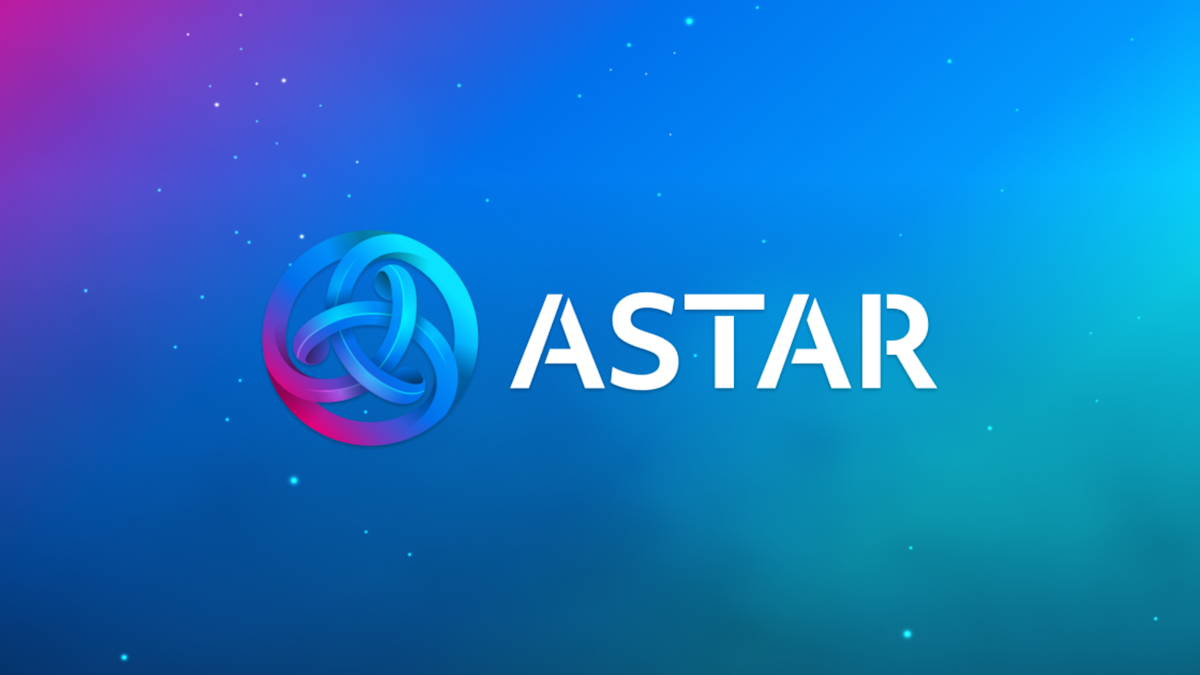In 2024, Sony Block Solutions Labs (SBSL), part of the Sony Group, announced Soneium, a blockchain network designed to support the company’s push into Web3 AI.
The project aimed to decentralize information and economic systems while addressing two core problems: Web3 tools still cater to a narrow group of users, and most real-world use cases have yet to reach mainstream adoption.
Maarten Henskens, head of Astar Network, spoke with CCN about the blockchain platform’s evolution, its role in Sony’s Ethereum Layer-2 project Soneium, and why its tokenomics model has shifted toward adaptability and fixed supply.
As speculation continues to dominate much of the Crypto Markets Astar is positioning itself particularly in gaming, governance, and enterprise infrastructure.
Astar’s Strategic Growth Milestones
Astar launched on Polkadot in 2021. Henskens called this a defining moment that enabled cross-chain interoperability.
He said it laid the groundwork for Astar to become a gateway for international projects entering Japan’s blockchain space.
He then described the transition into Sony’s Soneium ecosystem as a pivotal moment.
Henskens believes that now “Astar has positioned itself as a core contributor to Soneium Growth,” referring to the Ethereum Layer-2 developed by SBSL.
Shifting Crypto Toward Sustainability
Despite the industry thriving within communities, Henskens criticized its dependence on short-term hype.
“The crypto industry has leaned too heavily on speculative models, such as pump-and-dump tokens or high-yield promises, which often collapse under scrutiny,” he said.
He believes projects should focus on linking rewards to usage.
“Projects focusing on real-world use cases will outlast those chasing short-term speculation,” he added.
Token emissions are based on staking, interaction with decentralized applications (dApps), and transaction volume. This means the system rewards people actively using the blockchain, encouraging meaningful engagement rather than passive speculation.
The network’s emissions model aims to lower inflation and stabilize rewards.
Henskens said ASTR staking returns are now designed to match real activity, with annual inflation dropping from 4.86% to 4.32%.
“This shift to a fixed supply is more than a tokenomics update; it’s a statement of intent,” said Henskens.
“By cutting emissions by 35% in two years, maintaining a competitive 11–14% APR for native staking, and introducing a 50% fee burn, we’re creating real deflationary pressure and moving toward a self-sustaining security model,” he said.
Fee burning helps control inflation by reducing the number of tokens in the system and can support long-term value. It’s like a company buying back and shredding its stock to make each remaining share more valuable.
Decentralized Governance Tools
Additionally, Henskens expects more nuanced forms of decentralized governance.
He mentioned quadratic voting and delegated decision-making as tools that could help projects balance participation with efficiency.
Quadratic voting is a system where users can vote more than once on the same proposal, but each extra vote costs more than the last. The cost follows a square rule: 1 vote costs one token, two votes cost 4, 3 votes cost 9, and so on.
The idea is to let people show how strongly they feel about an issue without giving all the power to the richest voters. It rewards strong opinions but makes it expensive to dominate. This helps reflect the group’s values, not just what a few people want.
In delegated decision-making, users can let trusted members vote on their behalf.
For Henskens, the path forward is rooted in community alignment. He advised other networks to do three critical things:
- Design “tokenomics that incentivize long-term engagement.”
- Use mechanisms like fee burning to keep supply in check.
- “Empower communities through decentralized governance,” framing it as a way to keep decision-making tied to user needs.
Astar Blockchain Gaming
Astar sees blockchain gaming as a use case that fits well with low-cost, high-speed environments. Within Soneium, ASTR aims to support in-game payments and player rewards.

For example, he said, “A game could use ASTR as a payment solution for in-game activities and reward players with ASTR for completing quests.” This structure creates what he called an “economic flywheel” of usage, staking, and circulation.
Astar’s Blockchain Evolution
Over the next five years, Astar plans to establish itself as a blockchain backbone across Asia, with payments, entertainment, and intellectual property projects.
“The ASTR token will expand its role beyond Soneium,” Henskens said.
Japan’s leading blockchain platform has proposed a deflationary cap of 10.5 billion tokens while expanding its role in Sony’s Layer 2 ecosystem. Inflationary emissions will be gradually phased out by 2028.
Henskens added that ASTR will operate across Ethereum and Polkadot, with Astar aiming to bridge the two ecosystems.
Henskens finalized by emphasizing their hopes for the future.
“Our biggest leap is still ahead. Astar Evolution Phase 2 will be our most significant announcement to date, marking one of the biggest enterprise collaborations in blockchain history and firmly positioning Astar as a top-tier project in the global Web3 landscape,” he concluded.


